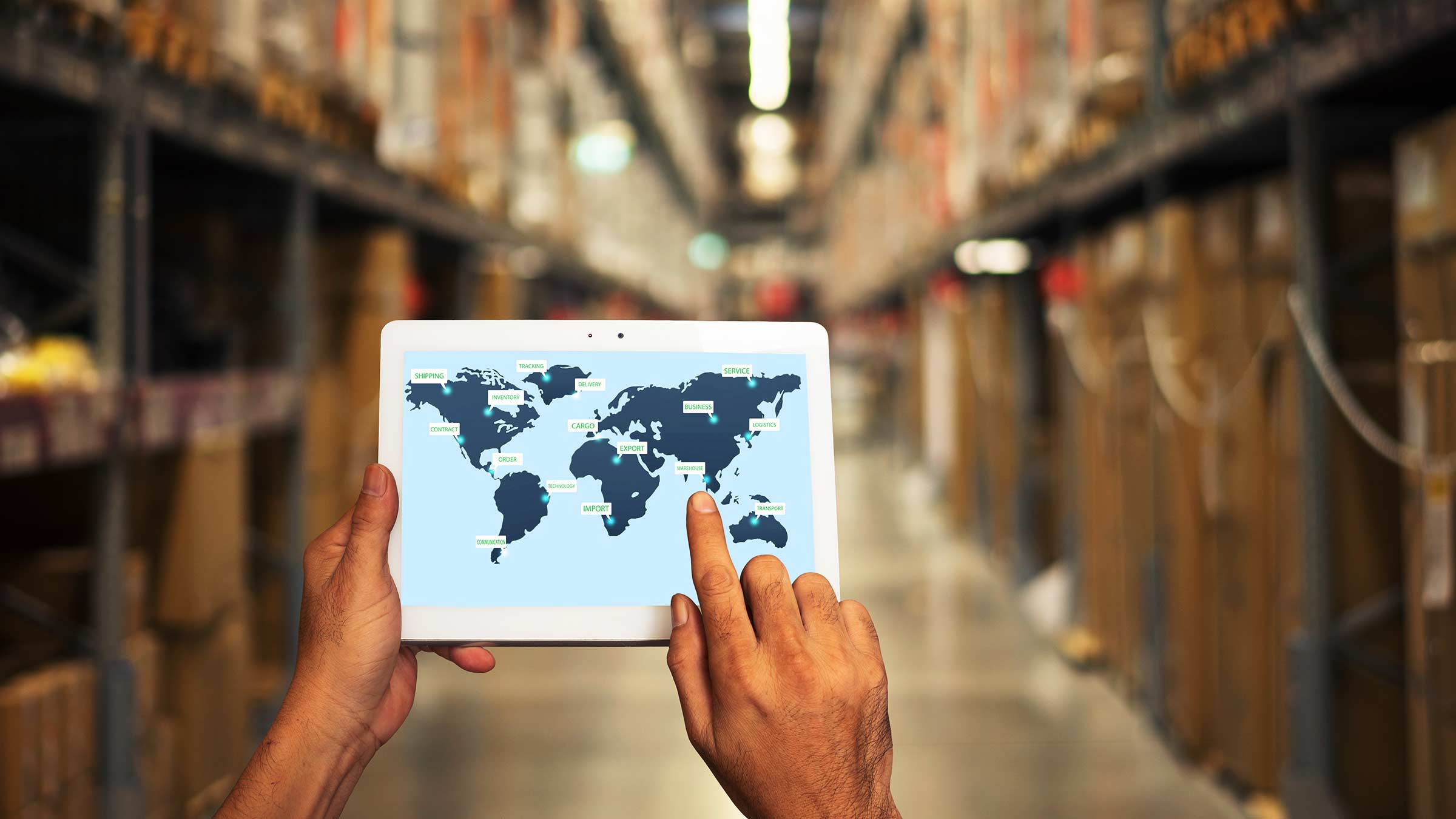Last week, I had the pleasure of speaking with Cameron Geiger, Senior Vice President of Walmart Technology Business Engagement. We discussed Walmart’s approach to blockchain, the benefits of including it in supply chains, and potential hurdles that retailers might need to overcome.
There are a couple of things that Walmart stressed to its business partners when it decided to invest time and resources into blockchain. One major factor was that the technology had to work for everyone in the industry regardless of the size of the organisation.
Initial proof of concept tests with IBM proved successful. But the question remained, whether blockchain could do something that was better, faster, and cheaper, than the current standards we already have. Is the potential payoff worth converting supply chains worldwide?
That’s the challenge suppliers and retailers face today. It’s still unclear whether there is justification for the likes of Walmart and other big players to shift entirely to blockchain.
On the other hand, there are plenty of people in the industry who are very vocal about how they are going to drive the supply chain by moving to blockchain. They envision a future where this is the only way to do business.
Cameron noted that,“one of the major problems with blockchain is that everybody is hyping it, and it’s now become a solution, that’s actually looking for a problem to solve.”
Walmart have approached it with a slightly different attitude. They would prefer to identify where there’s potential for a return on investment, not only for them but for each company involved in the supply chain. This would make for a compelling reason to implement blockchain.
Several months ago, the US Center for Disease Control and Prevention expanded its warning about an E. coli outbreak connected to romaine lettuce. The worry was that all of it was contaminated.
There were so many farms and pack houses involved that many retailers decided to take all the Romaine off their shelves. This was devastating for small growers of Romaine.
Perhaps it could have been avoided, but the supply chain was not precise enough to identify where the incident occurred. Enter blockchain – its main application here would have been speed.
If investigators can detect all of the sources and tell retailers where there’s a break in the chain, and delineate between contaminated and safe suppliers, by process of elimination, we could find out which suppliers aren’t the issue. According to Cameron, this is a really compelling use case.
As I mentioned in last week’s column, Nestle, Unilever, Tyson Foods and other large food and retail companies joined an IBM project to explore how blockchain technology can help track food supply chains and improve safety.
In March of this year, Carrefour announced its plans to extend its use of blockchain to honey, eggs, cheese, milk, oranges, tomatoes, salmon and hamburgers by the end of this year. The multinational retailer currently uses blockchain to trace the production of free-range chicken in the Auvergne region in central France. Its customers can find out all sorts of information, including where and how chickens are raised, what they were fed and where the meat was processed – all of which is accessible via smartphone.
Following a successful trial, another French international supermarket group – Auchan Retail – will roll out blockchain traceability in selected product categories. The platform has already been implemented in France to trace Auchan’s organic carrots and will be applied to potatoes and chicken in the coming months.
This is all well and good, but as Cameron reiterated, there‘s still a danger of over hyping blockchain as a fix-all solution for supply chain woes.
I asked him about the future of blockchain and whether Walmart recognised any other major concerns to be addressed.
When it comes to global challenges, he assured me that Walmart is well prepared. Since it already has Asda in the UK, the group has already addressed EU regulations, so complying with regional standards wouldn’t be an issue.
Walmart isn’t anticipating any push back from a US standpoint either. In fact, the US government may already be considering the use of blockchain to manage controlled substances and improve the traceability of imported products. If the US mandated the tech, Walmart’s familiarity with the technology would be a huge advantage.
But before we reach this stage, Cameron raised an important point – for blockchain to be applied on a large scale, supplier data has to be available. The risk arises when one party doesn’t have the capability to record data, which could reverberate up the chain. “Any lapse in data becomes a gap in trust”, noted Cameron.
Without recognising return on investment for all parties involved in the supply chain, there is a danger of committing resources to introduce a cost prohibitive or overly complex platform that alienates suppliers. Walmart’s solution is to only apply blockchain technology where it will add value to everyone.
Find part one here.










